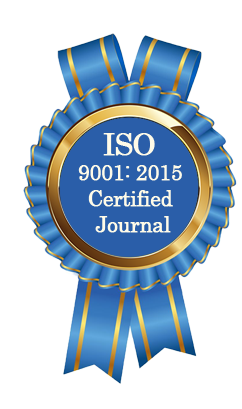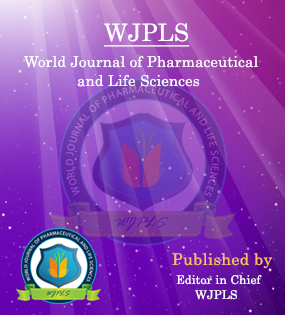Abstract
RISK MANAGEMENT PLAN FOR ADVERSE DRUG REACTIONS
Utpal Misra, *Prof. Dr. Debasish Bhattacharjee and Prof. Dr. Dhrubo Jyoti Sen
ABSTRACT
This procedure is designed, to achieve higher product quality with more flexible process design, to develop & implement a system of pharmacovigilance, for all modern medicines of the organization, as per stipulated rules & guidelines. The current climate in the pharmaceutical industry is influenced by the challenge of finding an appropriate balance between increased quality requirements, compliance with legal requirements, and cost pressure. The resources required for this are often very limited, which means that business processes must be organized more efficiently. If processes are reorganized at the expense of quality, the company may face damage to its reputation, for example, through product recalls. If savings are made in the area of compliance, recent examples clearly demonstrate that consequences of GMP breaches can incur costs in the region of hundreds of millions. The principle starting points for escaping from this dilemma lie in the targeted use of available resources and appropriate implementation of regulatory requirements. This begs the question: What is targeted and what is appropriate? This is where risk management can help. Terms such as Quality Risk Management (QRM), Risk Based Approach (RBA), Risk Analysis etc. have been familiar in the world of pharmaceuticals for some time. It should be made clear that these terms do not represent any fundamentally new developments. The new part of the concept is the actual approach of applying risk management systematically and across the board, and ensuring that the resulting advantages are fully utilized. The aim of risk management is to systematically evaluate processes and processing steps in terms of criticality and subsequently develop appropriate measures to control and minimise risks. Corrective measures can subsequently be prioritized, their success becomes measurable, and the quality of products and processes is improved. This may mean that critical processes require more attention than previously, but for uncritical processes, the current workload can be justifiably reduced. Experience has shown that this concept not only incorporates quality and compliance, but also covers efficiency, environment, health and safety, as well as additional security aspects such as access control.
[Full Text Article] [Download Certificate]WJPLS CITATION 
| All | Since 2020 | |
| Citation | 590 | 424 |
| h-index | 12 | 10 |
| i10-index | 17 | 14 |
INDEXING
NEWS & UPDATION
BEST ARTICLE AWARDS
World Journal of Pharmaceutical and life sciences is giving Best Article Award in every Issue for Best Article and Issue Certificate of Appreciation to the Authors to promote research activity of scholar.
Best Article of current issue
Download Article : Click here





